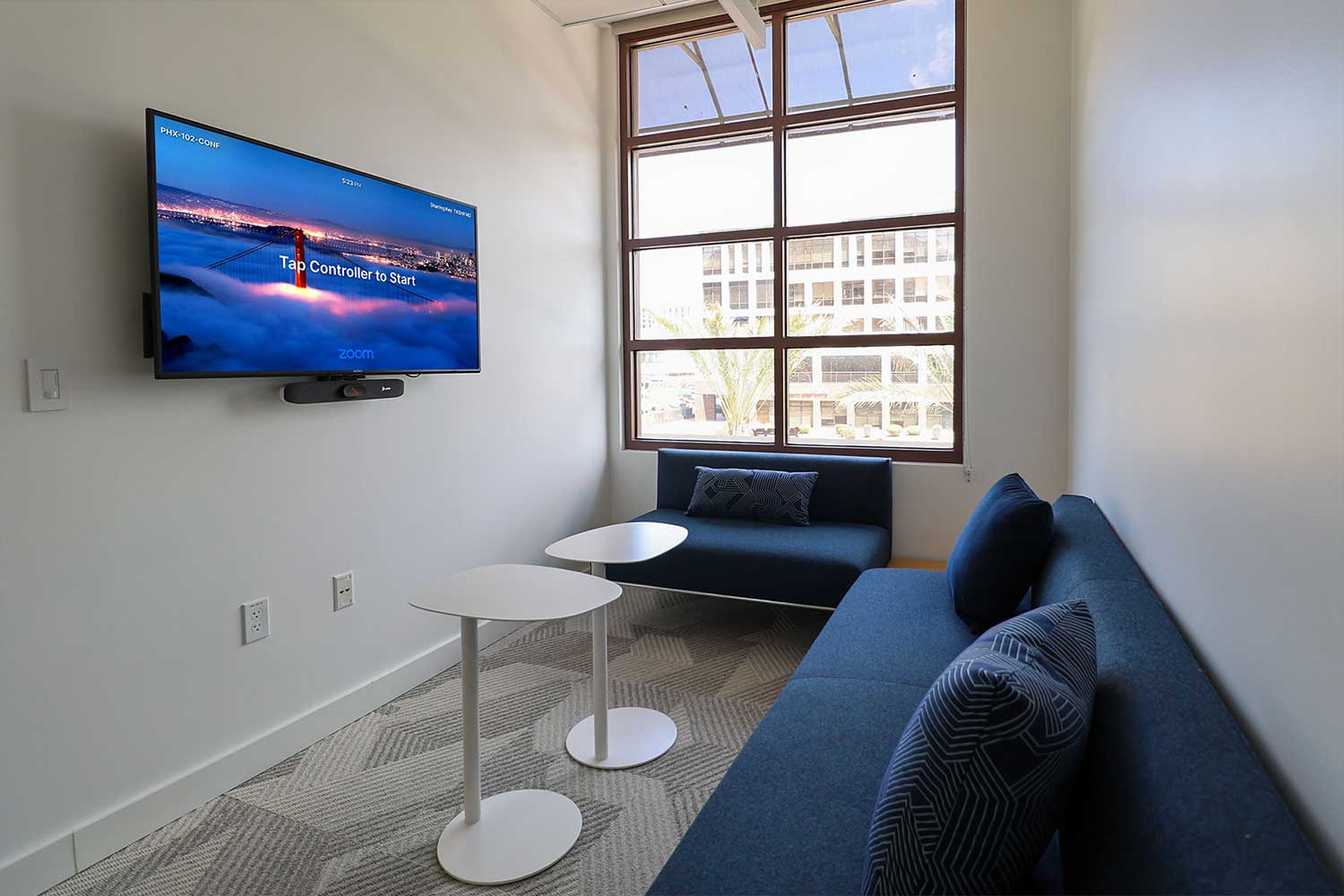
Huddle Room Technology in the Enterprise: What Works and What Doesn’t
Huddle rooms should be the easiest collaboration spaces in any enterprise, yet they often become the most frustrating. IT leaders face constant pressure to standardize hybrid meeting experiences, eliminate unreliable devices, and meet end-user expectations all while staying within budget and maintaining interoperability across platforms. And despite best efforts, many huddle rooms turn into a mix of outdated equipment, mismatched vendors, and inconsistent user experiences.
A few months ago, an IT leader at a fast-growing enterprise told me a story that started with a simple drop-in meeting and spiraled into room outages, leadership complaints, and a scramble for root-cause analysis. What they found is exactly what many organizations overlook when designing huddle room strategy and it’s a warning worth exploring.
What Today’s Enterprise Really Needs From Huddle Rooms
Reliable huddle rooms aren’t just “nice to have” anymore. They’re essential to sustaining productivity across distributed teams, especially as hybrid work becomes a long-term standard across corporate, higher education, and government environments.
Here’s what modern enterprises expect from these spaces:
Consistent User Experience Across Rooms
Employees don’t want to learn a new system every time they step into a different room. Consistency helps reduce support tickets and keeps meetings on schedule.
One-Touch Meeting Start
Whether the room supports Zoom Rooms, Microsoft Teams, Google Meet, or a combination, one-touch join is foundational to adoption and efficiency.
High-Quality Audio and Video
Small rooms amplify bad acoustics. Poor microphones, mismatched cameras, or cheap soundbars create friction that negatively impacts both in-room and remote participants.
IT-Friendly Standardization
IT directors and CIOs want systems that fit into existing UC standards, integrate with network policies, and scale across locations without reinventing the wheel.
What Works: The Technology That Delivers
Room Kits that Match UC Standards
Choosing native Teams Rooms or Zoom Rooms devices rather than generic USB-based kits ensures consistent performance, supportability, and a familiar interface for end users.
Intelligent Cameras Designed for Small Spaces
AI-driven framing, speaker tracking, and optical zoom make even small teams feel fully represented in hybrid meetings.
High-Quality Microphone Arrays
A properly tuned microphone array eliminates echo and background distractions, maximizing clarity for remote participants.
Centralized Device Management
Enterprise IT leaders prefer solutions with cloud-based monitoring platforms that provide visibility into usage, health status, firmware, and troubleshooting.
Multi-Vendor Ecosystem Compatibility
Systems that work with your existing UC strategy help avoid future-proofing issues and reduce the need for additional training.
What Doesn’t Work: Common Huddle Room Pitfalls
USB-Based DIY Setups
Cables get lost, firmware isn’t updated consistently, and performance becomes unpredictable especially in fast-paced enterprise environments.
Consumer-Grade Cameras and Speakers
What works in a home office rarely scales into an enterprise environment. Low-end hardware leads to poor meeting quality, increased support tickets, and user frustration.
Mixing Too Many Vendors
When every room is built with different devices, platforms, and interfaces, troubleshooting becomes more complex and training becomes nearly impossible.
Ignoring Acoustic Treatment
Even the best equipment can’t fix a loud HVAC system, glass walls, or echo-heavy small spaces. Poor acoustics can undermine the entire user experience.
No Monitoring or Control
If IT can’t see device status, usage trends, or issues remotely, problems escalate before anyone knows what’s wrong.
How to Design Scalable, Reliable Huddle Rooms
Start With UC Standardization
Whether you’re choosing Teams Rooms or Zoom Rooms, standardizing around a primary collaboration platform streamlines operations and improves user experience.
Select Devices Optimized for Small Spaces
Huddle rooms require specific camera angles, mic pickup ranges, and audio coverage not downsized boardroom equipment.
Prioritize Network and Security Requirements
Work closely with IT security teams to ensure devices meet enterprise standards, support secure firmware updates, and operate within network policies.
Incorporate Acoustic Design Early
Sound-absorbing treatments, proper room layout, and optimized mic placement significantly improve meeting quality.
Use Managed Services or Remote Monitoring
Monitoring platforms reduce downtime, automate issue detection, and support proactive maintenance.
The Bottom Line: Huddle Rooms Can Be High-Performing If Designed Intentionally
Huddle rooms are small but strategically significant. When planned with the right standards, devices, and management strategy, they become powerful collaboration tools that accelerate productivity across the organization.
But when overlooked or built with mismatched technologies, they quickly become one of IT’s biggest operational headaches.
If your huddle rooms are creating more chaos than collaboration, it may be time to reevaluate your standards before small problems become big ones.
Ready to Modernize Your Huddle Rooms?
If your collaboration spaces need a reset, our team can help you standardize, streamline, and scale the right huddle room technology across your organization. Reach out to Level 3 Audiovisual to start designing spaces that work reliably for every team.

